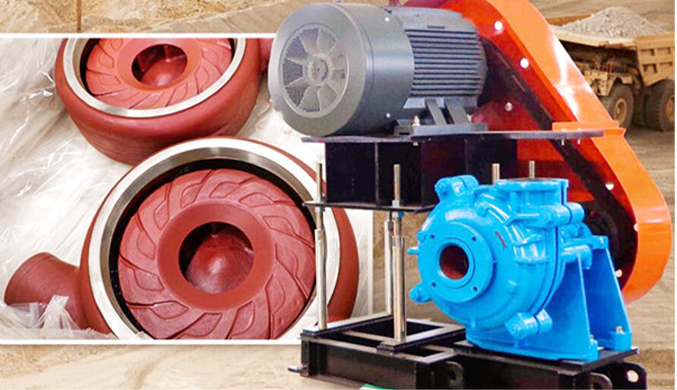English
- Afrikaans
- Albanian
- Amharic
- Arabic
- Armenian
- Azerbaijani
- Basque
- Belarusian
- Bengali
- Bosnian
- Bulgarian
- Catalan
- Cebuano
- Corsican
- Croatian
- Czech
- Danish
- Dutch
- English
- Esperanto
- Estonian
- Finnish
- French
- Frisian
- Galician
- Georgian
- German
- Greek
- Gujarati
- Haitian Creole
- hausa
- hawaiian
- Hebrew
- Hindi
- Miao
- Hungarian
- Icelandic
- igbo
- Indonesian
- irish
- Italian
- Japanese
- Javanese
- Kannada
- kazakh
- Khmer
- Rwandese
- Korean
- Kurdish
- Kyrgyz
- Lao
- Latin
- Latvian
- Lithuanian
- Luxembourgish
- Macedonian
- Malgashi
- Malay
- Malayalam
- Maltese
- Maori
- Marathi
- Mongolian
- Myanmar
- Nepali
- Norwegian
- Norwegian
- Occitan
- Pashto
- Persian
- Polish
- Portuguese
- Punjabi
- Romanian
- Russian
- Samoan
- Scottish Gaelic
- Serbian
- Sesotho
- Shona
- Sindhi
- Sinhala
- Slovak
- Slovenian
- Somali
- Spanish
- Sundanese
- Swahili
- Swedish
- Tagalog
- Tajik
- Tamil
- Tatar
- Telugu
- Thai
- Turkish
- Turkmen
- Ukrainian
- Urdu
- Uighur
- Uzbek
- Vietnamese
- Welsh
- Bantu
- Yiddish
- Yoruba
- Zulu
Telephone: +86 13120555503
Email: frank@cypump.com
Nov . 06, 2024 06:11 Back to list
ejector system
Understanding the Ejector System A Key Component in Various Applications
The ejector system is an ingenious mechanical device used in various industrial applications, notably in the field of fluid dynamics and vacuum technology. This system utilizes principles of jet propulsion, where a high-energy fluid stream is used to entrain a secondary fluid, enabling the transfer of materials and fluids without the use of moving parts typically found in conventional pumps.
At its core, the ejector system consists of a nozzle, a mixing chamber, and a diffuser. The process begins when a pressurized fluid, often a gas or liquid, is forced through the nozzle. As the fluid exits the nozzle, it expands and accelerates, creating a low-pressure area. This low-pressure zone draws in the secondary fluid from the surrounding environment into the mixing chamber. Here, the two fluids mix thoroughly, and as they pass through the diffuser, the velocity decreases, leading to an increase in pressure. The result is a continuous flow of the mixed fluids, effectively transporting them to the desired location.
Ejector systems are highly favored in applications such as refrigeration, where they facilitate the movement of refrigerants without mechanical components that can wear out or malfunction over time. They are also widely used in the chemical industry for processes like gas extraction, where the ability to handle corrosive or volatile substances safely is paramount.
ejector system

One of the standout advantages of ejector systems is their simplicity
. Since they rely on the momentum transfer between fluids rather than mechanical parts, they tend to have lower maintenance costs and longer operational lifespans. Furthermore, ejectors can be designed to operate in various environments, making them versatile tools in both low-pressure and high-pressure applications.The efficiency of an ejector system is influenced by several factors, including the design of the nozzle, the properties of the fluids being used, and the operating conditions such as temperature and pressure. Engineers constantly strive to optimize these systems for specific applications, enhancing their performance and energy efficiency.
In recent years, with the rising emphasis on sustainable practices, the ejector system has gained attention in green technology. It provides a method for capturing and recycling waste gases and is being investigated for use in innovative energy solutions, such as ejector refrigeration systems that reduce environmental impact.
In conclusion, the ejector system stands out as a crucial component in multiple industries, offering a reliable, efficient, and maintenance-friendly solution for fluid transport and mixing. As technology advances, the potential applications of ejector systems continue to expand, promising further innovations in engineering and environmental sustainability.
-
ISG Series Vertical Pipeline Pump - Chi Yuan Pumps | Advanced Engineering&Industrial Efficiency
NewsJul.30,2025
-
ISG Series Pipeline Pump - Chi Yuan Pumps | High Efficiency, Energy Saving
NewsJul.30,2025
-
ISG Series Vertical Pipeline Pump-Chi Yuan Pumps|High Efficiency&Reliable Performance
NewsJul.29,2025
-
ISG Series Vertical Pipeline Pump|High Efficiency&Low Noise
NewsJul.29,2025
-
ISG Series Vertical Pipeline Pump - Chi Yuan Pumps Co., LTD.|High Efficiency, Energy Conservation, Low Noise
NewsJul.29,2025
-
ISG Series Vertical Pipeline Pump-Chi Yuan Pumps Co., LTD.|High Efficiency&Energy-Saving
NewsJul.29,2025










